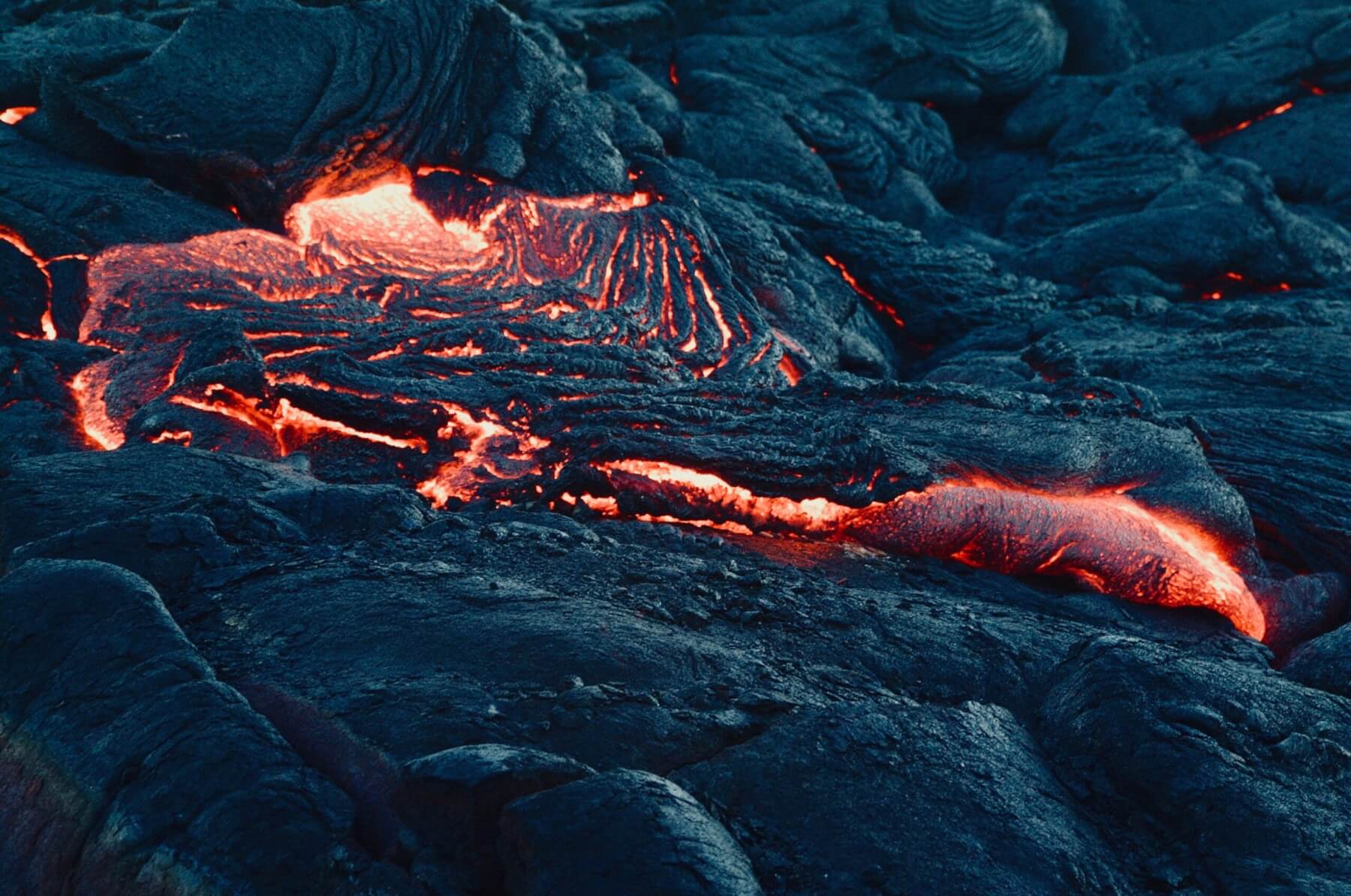
Lava from volcano. Photo by Brent Keane.

Janine Krippner
You are enjoying a Kiwi summer road trip around Ruapehu volcano, checking out the gorgeous views and beautiful, clear rivers. You are sitting down with friends or family alongside a river soaking in the sun while other road-trippers are having a great time nearby, with kids looking for treasures in the shallow water.
You hear a low rumbling noise coming from up the river valley, towards Ruapehu, but you don’t see anything. The volcano is peaceful. You feel that something is not right and having learned about lahars, you don’t hesitate. You quickly get your group back up the riverbank to your car, successfully warning the others that they should get away from the river. The noise gets louder, then the water rapidly rises, bringing with it tree limbs and large boulders. The water is now a brown, raging, deadly torrent, metres above the water level of less than a minute ago and flattening the riverbank vegetation that is now below it, where you were just sitting. Because you knew to head to higher ground, you just saved your own life and the lives of those around you.
A lahar is basically a volcanic mudflow – dangerous floods that race down volcanic slopes through river systems and valleys. They range from “dilute”, where it is mostly water with some sediment, to thick, muddy masses containing abundant rocks, boulders, trees, and anything else they pick up along their path. They are fast in their speed, and also in how rapidly the water rises. They can take out trees, houses, bridges, and roads. This happened on Christmas Eve in 1953, when a lahar destroyed the railway bridge at Tangiwai, south of Ruapehu, before the passenger express from Wellington reached it. That night 151 lives were lost.
Lahars can result from eruptions, but they also occur because of events like a crater lake dam break or heavy rain. We had two lahars at Ruapehu in 2007, one produced by a short explosive eruption below Crater Lake Te Wai ā-moe, and the other because the natural dam that holds the lake water in place failed. Unfortunately, this range of triggers means that they can occur with no warning. Thankfully, the very basic action of moving up and out of a valley can save your life if you are in the wrong place at the wrong time.
The majority of fatalities from volcanic events that have occurred more than 15 km from the volcano are due to lahars. We know of 56,315 fatalities between 1500 and 2017 due to lahars, around 23,000 of these resulted from one event at Nevado del Ruiz in Colombia, where people had no warning to get out of the way. Lahars are a very real danger and stories from survivors are harrowing.
You can search “Ruapehu lahar hazards” online to see the areas where you should be more alert, along with advice on what to do, and there are plenty of videos that show how fast and dangerous lahars can be. They key is to not hesitate. If something is off, get out of the valley to safety. You can always head back to enjoy your day if it is a false alarm, and you can feel good about yourself knowing that you can take action when needed.









